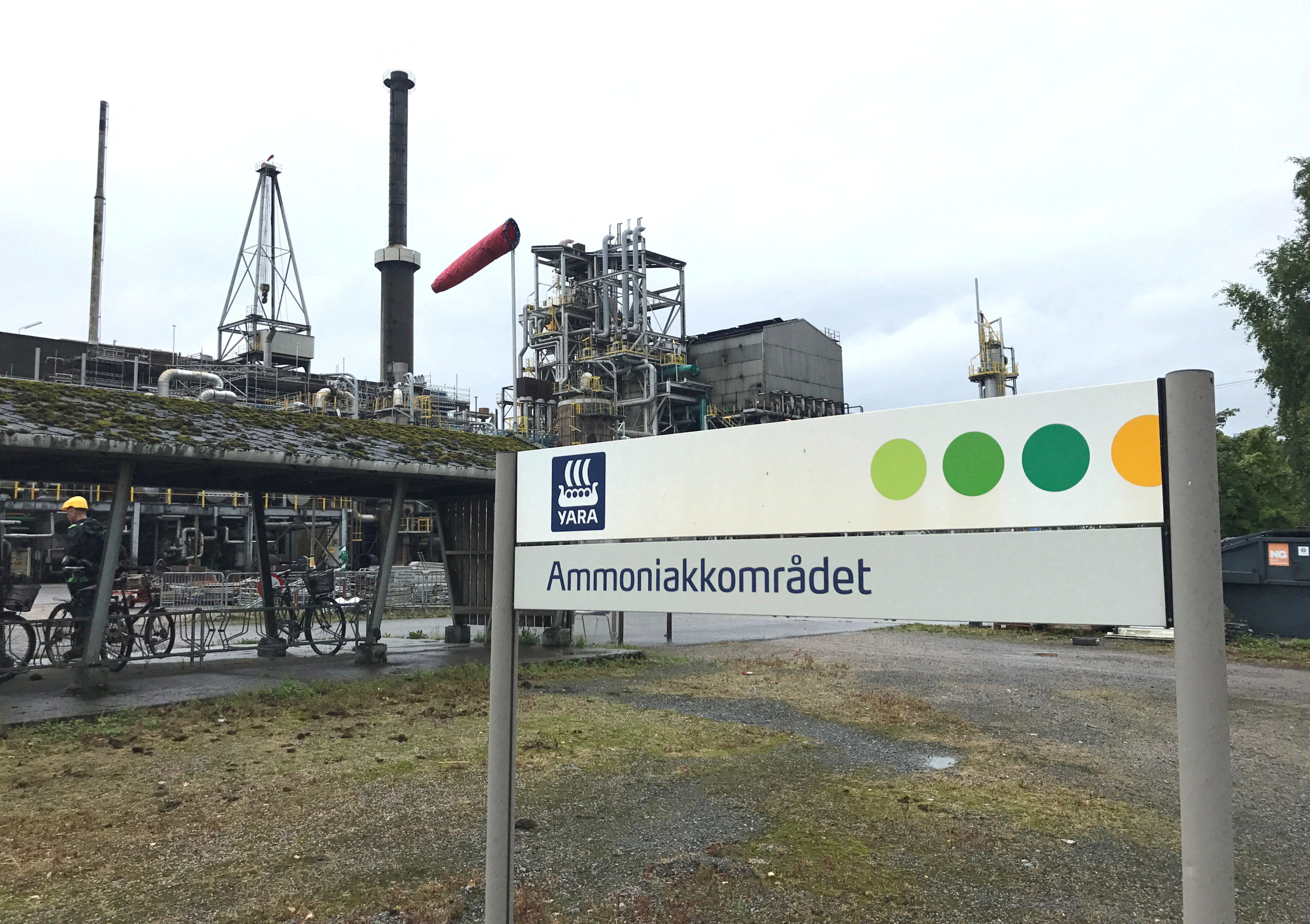Norway grants $111 million to clean hydrogen, ammonia projects

OSLO — Norway on Friday granted 1 billion Norwegian crowns ($111 million) in support for three projects to produce emissions-free hydrogen and ammonia, including one in the Arctic, in an effort to aid a transition to a low-carbon economy, the government said.
The funding will be allocated to projects led by Horisont Energi, Yara and Tizir Titanium & Iron (TTI) government agency Enova said in a statement.
“Hydrogen is now on everyone’s lips in Europe as one of the solutions to reach our climate goals. So Norway as an energy nation needs to be there,” Prime Minister Jonas Gahr Stoere told a news conference.
The Horisont Energi project, called Barents Blue, plans to produce emissions-free ammonia in Eastern Finnmark — and to capture carbon dioxide emissions and store the carbon under the seabed in the Barents Sea. It will receive 482 million crowns, the company said.
Norway’s Equinor and Eni’s Norwegian subsidiary Vaar Energi are partners in the Horisont Energi project.
[Drill or no drill, Norway’s offshore future is shaping up to be carbon intensive]
Two other projects in southern Norway also received funding.
Yara said in a separate statement it would receive 283 million crowns for a pilot project to produce emissions-free hydrogen and ammonia at its fertilizer factory at Heroeya in Norway.
TTI’s project, which will receive 261 million crowns, aims to replace coal with hydrogen at its smelter in Tyssedal, which produces titanium slag and high-purity iron, Enova said. TTI is fully owned by France’s Erament Group.
Enova has a mandate to support new technology which could help to transition Norway, western Europe’s largest oil and gas producer, to a low-emission society by 2050.
Today, most of the hydrogen in the world is produced from natural gas, while associated carbon dioxide is released into the atmosphere.
Clean hydrogen could be produced by splitting water molecules with the help of renewable energy, or by capturing and storing associated CO2.
Norway is a major producer of both renewable power and natural gas.